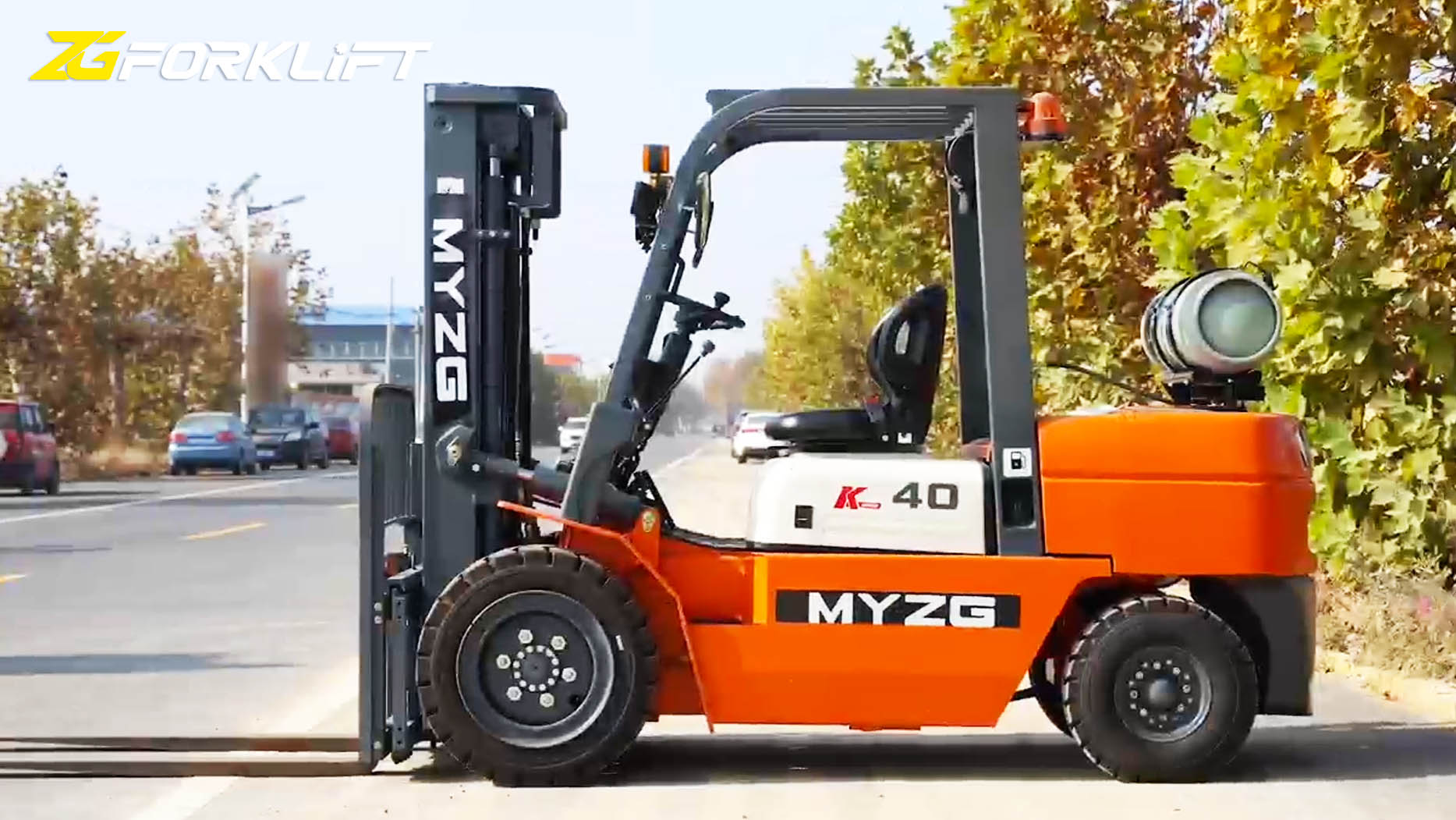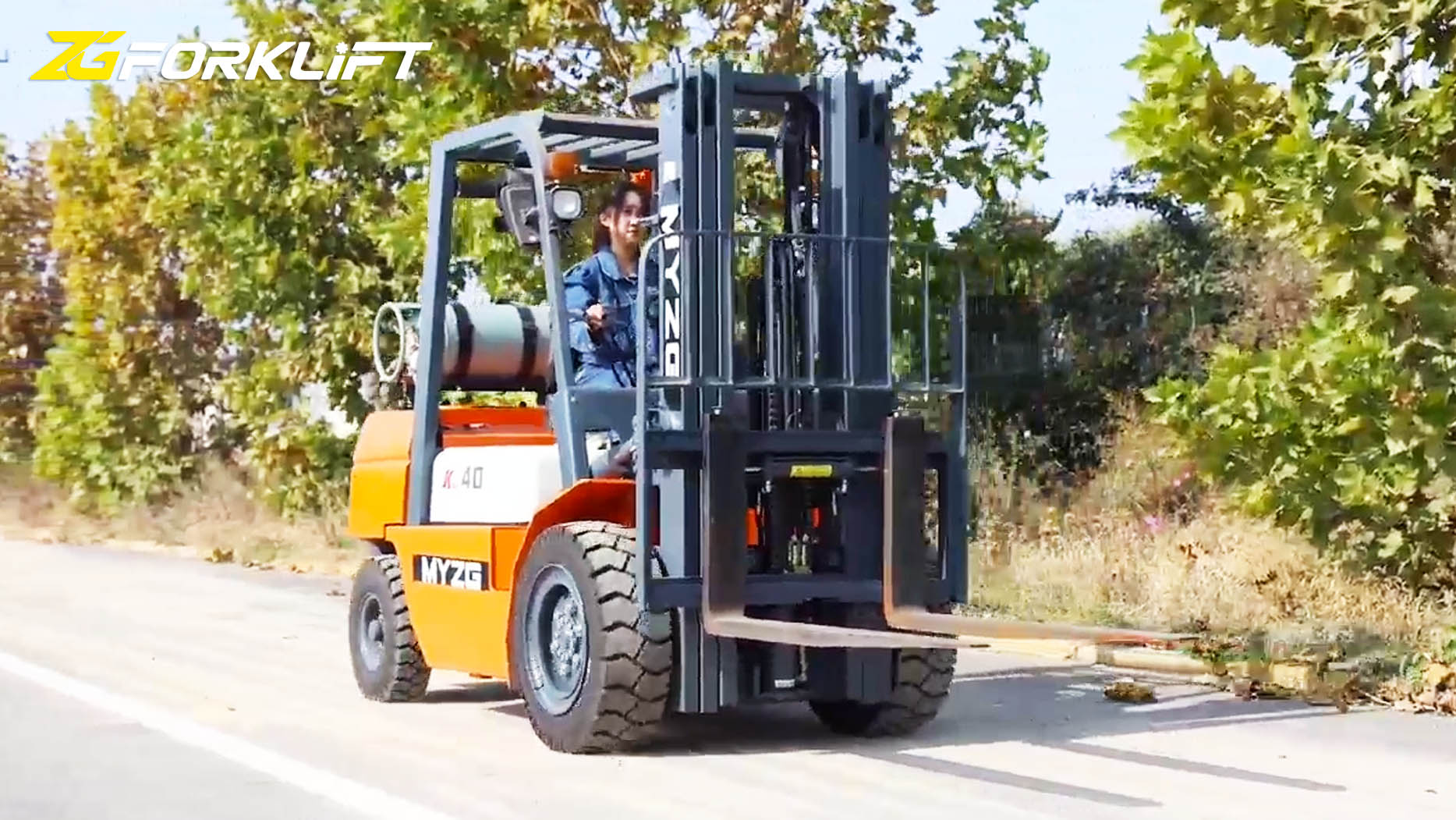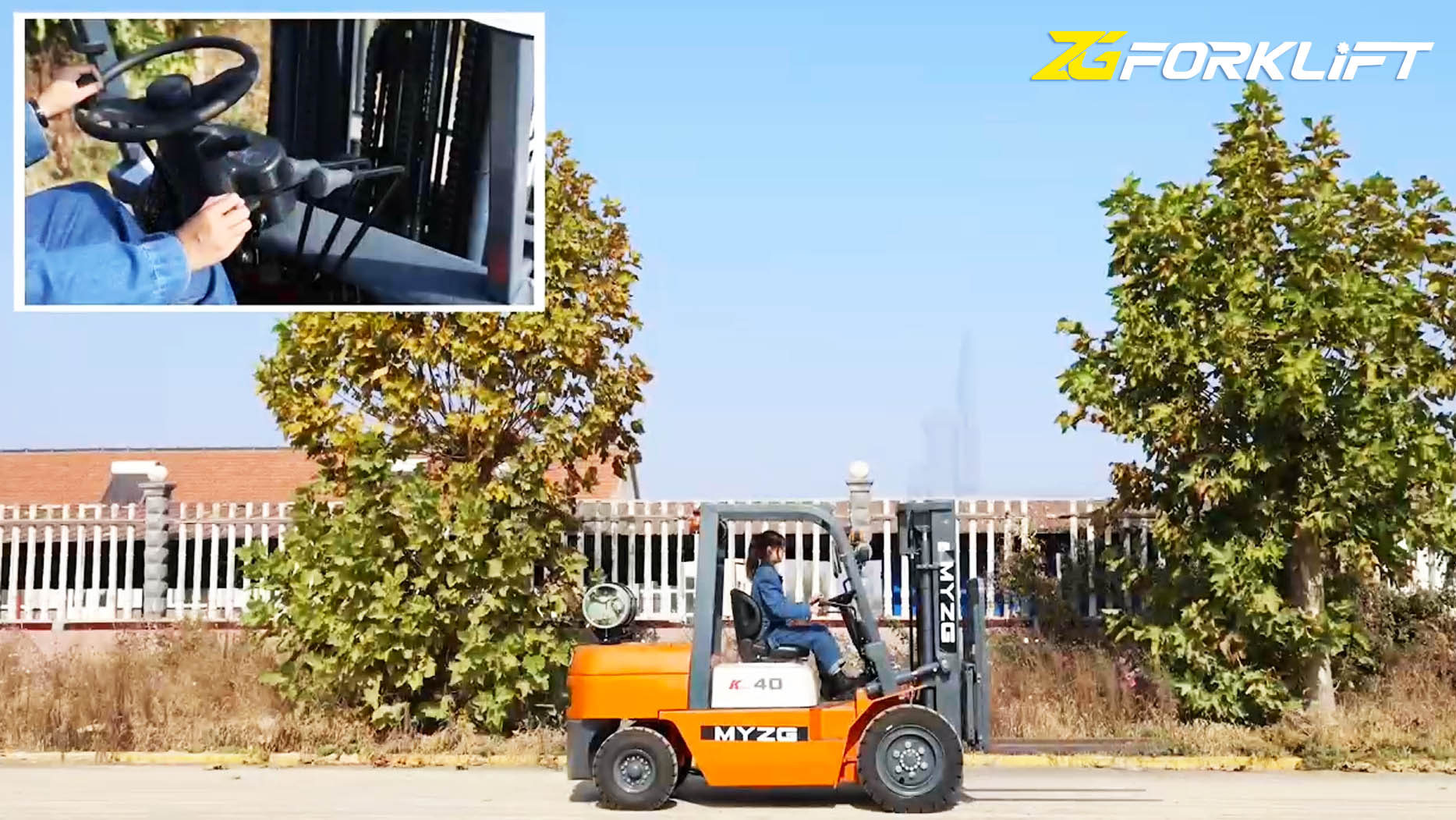Electric vs. LPG Forklifts: A Comprehensive Comparison for Material Handling
Forklifts are essential workhorses in various industries, from warehousing and logistics to manufacturing and construction. Choosing the right forklift for your specific needs is crucial for optimizing productivity and minimizing operational costs. Two of the most common power sources for forklifts are electricity and Liquid Propane Gas (LPG). While both offer distinct advantages, understanding their differences is paramount for making an informed decision. This article provides a comprehensive comparison of electric and LPG forklifts, examining their performance, environmental impact, cost of ownership, maintenance requirements, and suitability for various applications.
I. Performance and Operational Characteristics:
Power and Torque: Both electric and LPG forklifts offer comparable power for most general material handling tasks. However, electric forklifts generally deliver instant torque, resulting in quick acceleration and responsive handling. This can be advantageous in applications requiring frequent starts and stops. LPG forklifts, while powerful, may experience a slight delay in throttle response.
Fueling and Range: Electric forklifts are powered by rechargeable batteries, offering a limited operational range per charge. The runtime depends on the battery capacity, load weight, and usage intensity. Recharging can take several hours, requiring careful planning and potentially spare batteries for continuous operation. LPG forklifts, on the other hand, are fueled by readily available propane cylinders. Replacing an empty cylinder takes only a few minutes, allowing for near-continuous operation. This makes LPG forklifts suitable for multi-shift operations and demanding applications.
Operating Environment: Electric forklifts are ideal for indoor environments due to their zero emissions, quiet operation, and lack of exhaust fumes. They are preferred in food processing, pharmaceutical, and other sensitive industries where air quality is critical. LPG forklifts, while cleaner-burning than gasoline or diesel, produce exhaust emissions, making them more suitable for outdoor or well-ventilated indoor environments. However, advancements in LPG technology have significantly reduced emissions, making them viable for some indoor applications with proper ventilation.
Maneuverability: Electric forklifts, particularly those with three-wheel configurations, often have a tighter turning radius than LPG forklifts. This can be beneficial in confined spaces and narrow aisles. LPG forklifts, especially those with larger fuel tanks, may have slightly reduced maneuverability.
II. Environmental Impact:
Emissions: Electric forklifts produce zero tailpipe emissions, making them environmentally friendly and contributing to improved air quality. They are a key component in sustainable material handling practices. However, it's essential to consider the source of electricity generation when assessing the overall environmental impact. If the electricity is generated from fossil fuels, the environmental benefit may be reduced. LPG forklifts produce lower emissions than gasoline or diesel forklifts but still generate some pollutants, including carbon dioxide, nitrogen oxides, and particulate matter. However, modern LPG forklifts equipped with catalytic converters significantly reduce these emissions.
Noise Pollution: Electric forklifts operate quietly, minimizing noise pollution in the workplace. This can contribute to a more comfortable and productive working environment. LPG forklifts, while quieter than diesel forklifts, generate more noise than electric forklifts.
III. Cost of Ownership:
Initial Investment: Electric forklifts typically have a higher upfront purchase price than LPG forklifts. This is primarily due to the cost of the battery and charging system. LPG forklifts have a lower initial cost but require ongoing fuel expenses.
Fuel Costs: Electricity costs vary depending on the local utility rates and charging infrastructure. However, electricity is often less expensive than propane on a per-unit-of-energy basis. LPG fuel costs depend on the propane price, which can fluctuate. Overall, electric forklifts generally have lower fuel costs than LPG forklifts.
Maintenance Costs: Electric forklifts typically have lower maintenance costs than LPG forklifts. They have fewer moving parts, reducing the need for frequent repairs and maintenance. LPG forklifts require regular engine maintenance, including oil changes, spark plug replacements, and exhaust system inspections. However, battery maintenance for electric forklifts, including watering and equalization, is essential for maximizing battery lifespan.
Lifespan: Both electric and LPG forklifts can have a long lifespan with proper maintenance. The lifespan of electric forklifts is influenced by the battery lifespan, which typically ranges from 5 to 7 years. Battery replacement can be a significant expense. LPG forklifts, with proper engine maintenance, can have a similar lifespan.
IV. Maintenance Requirements:
Electric Forklift Maintenance: Electric forklifts require regular battery maintenance, including checking electrolyte levels, cleaning terminals, and performing equalization cycles. Other maintenance tasks include inspecting brakes, tires, and hydraulic systems.
LPG Forklift Maintenance: LPG forklifts require regular engine maintenance, including oil changes, filter replacements, spark plug replacements, and exhaust system inspections. They also require regular checks of the LPG fuel system, including hoses, connections, and the fuel tank.
V. Suitability for Different Applications:
Electric Forklifts: Ideal for indoor applications, clean environments, and operations with moderate duty cycles. Suitable for food processing, pharmaceutical, retail, and warehousing.
LPG Forklifts: Suitable for indoor and outdoor applications, heavy-duty operations, and multi-shift environments. Preferred in construction, manufacturing, and logistics.
VI. Safety Considerations:
Electric Forklifts: Battery handling and charging require specific safety protocols to prevent electrical hazards and acid spills. Proper ventilation is essential in battery charging areas.
LPG Forklifts: Propane is flammable and requires careful handling and storage. Proper ventilation is necessary in areas where LPG forklifts operate to prevent the buildup of potentially hazardous fumes.
VII. Choosing the Right Forklift:
The best choice between electric and LPG forklifts depends on a variety of factors, including:
Operating environment: Indoor vs. outdoor, clean environment requirements.
Duty cycle: Light, moderate, or heavy-duty use.
Fuel availability and cost: Electricity vs. propane prices.
Budget: Initial investment vs. long-term operating costs.
Maintenance requirements: In-house maintenance capabilities.
VIII. Conclusion:
Both electric and LPG forklifts offer distinct advantages and disadvantages. Electric forklifts excel in indoor environments with their zero emissions and quiet operation, while LPG forklifts offer greater flexibility and refueling convenience for demanding outdoor applications. By carefully evaluating your specific needs and considering the factors outlined in this article, you can make an informed decision and choose the forklift that best supports your material handling operations. Ultimately, the optimal choice depends on a thorough analysis of your unique requirements and priorities.
Post time:Feb.18.2025



